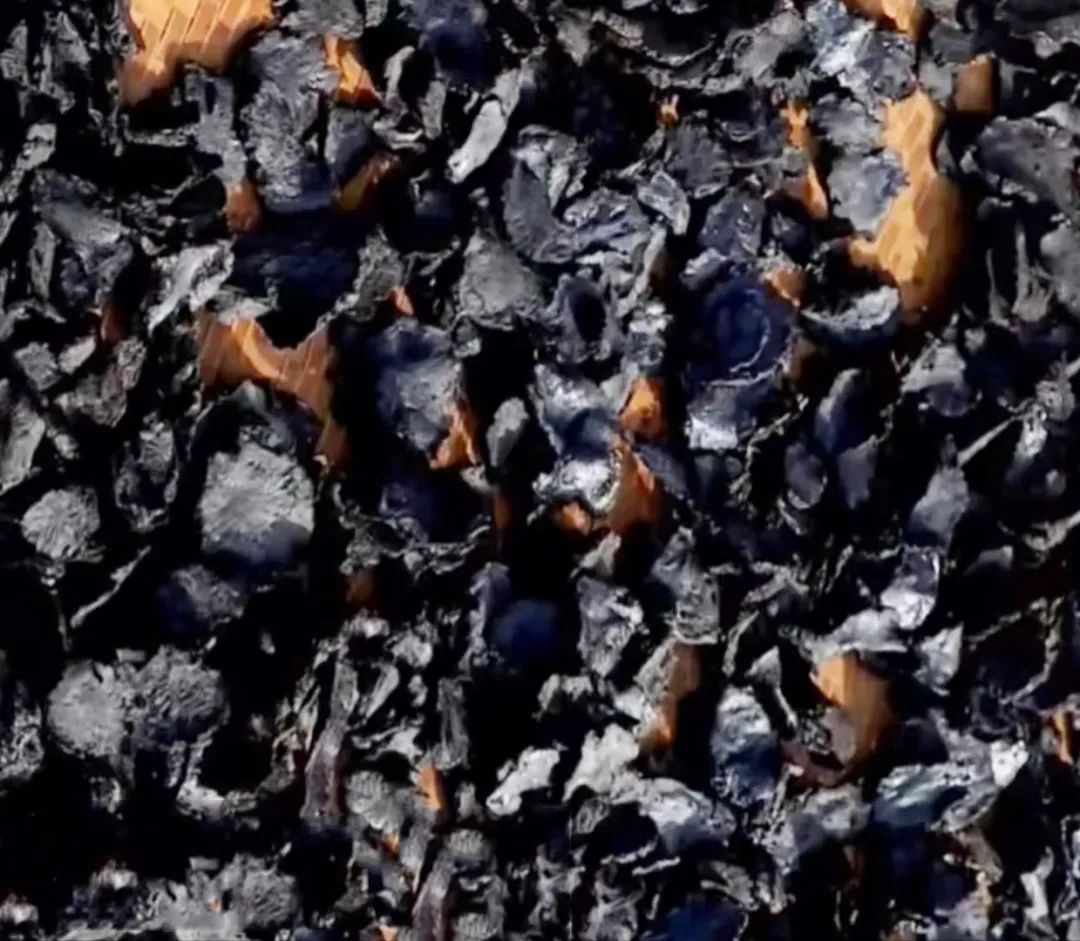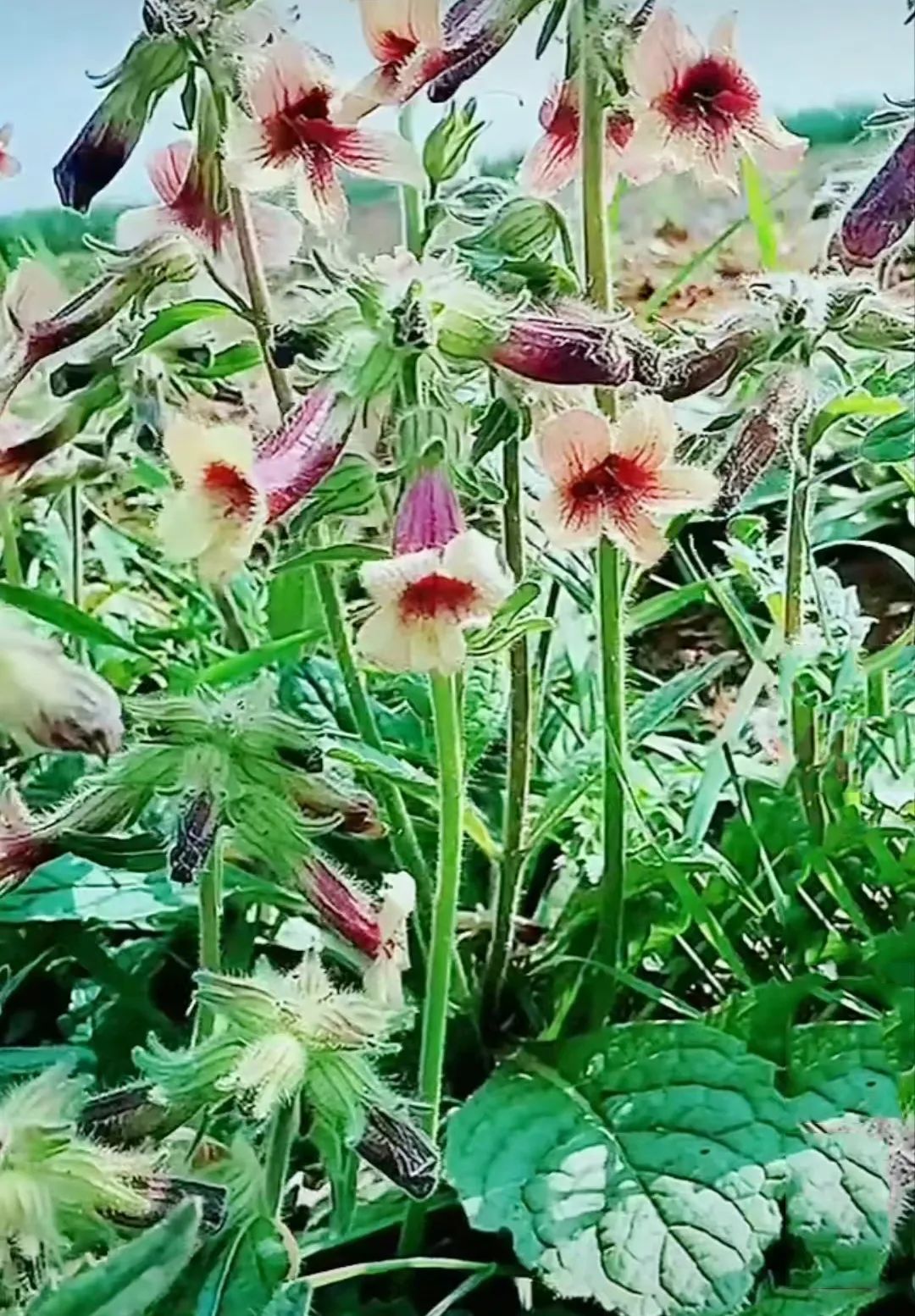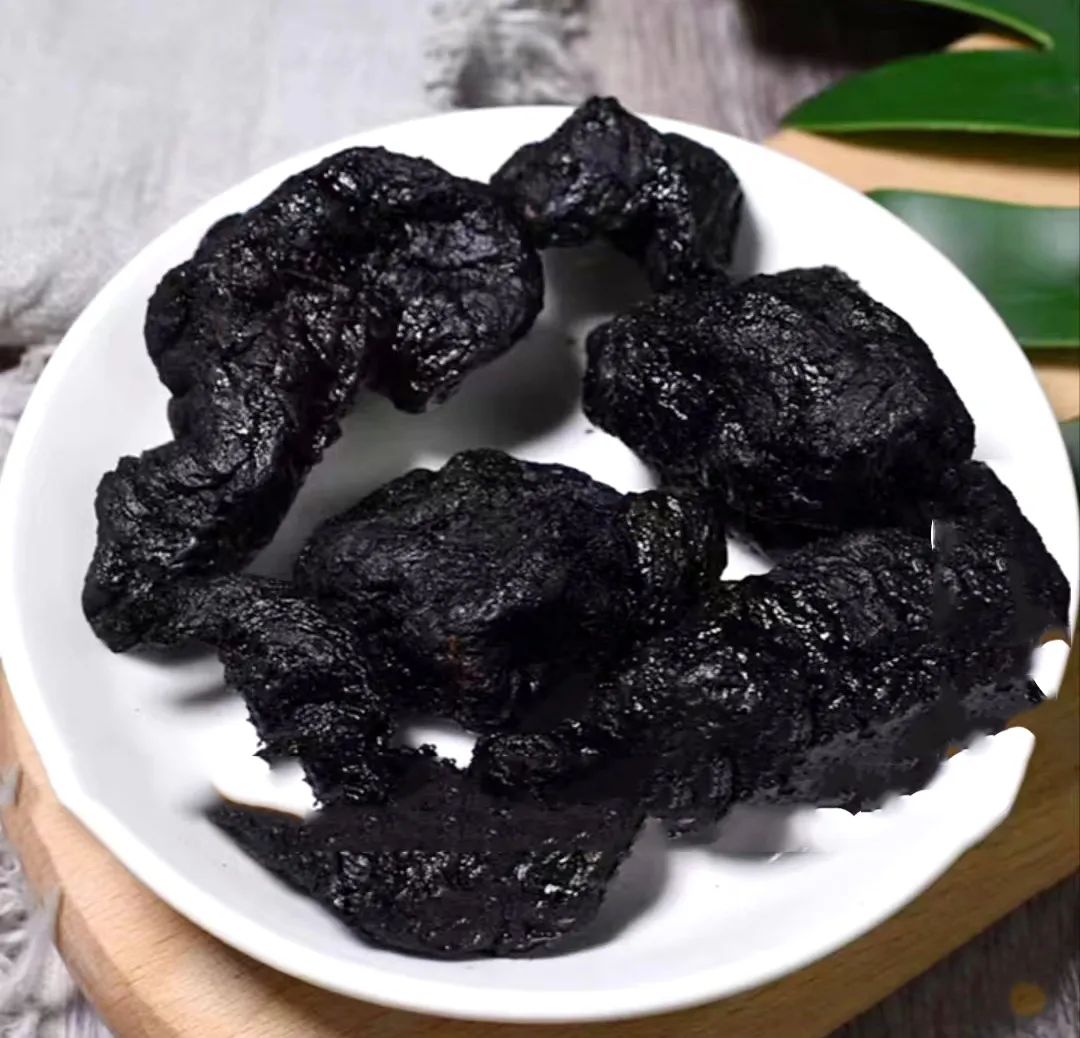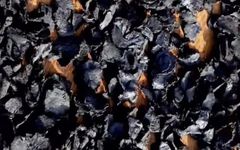

Rehmannia (Di Huang) refers to the fresh or dried tuber of the plant Rehmannia glutinosa Libosch., belonging to the Scrophulariaceae family. It was first recorded in the Shen Nong Ben Cao Jing (Shen Nong’s Classic of Materia Medica) and is classified as a superior herb. The fresh form is known as “Xian Di Huang” (Fresh Rehmannia), while the dried form is called “Sheng Di Huang” (Raw Rehmannia), commonly referred to as “Sheng Di.” The form that is soaked in wine, steamed, and then dried is known as “Shu Di Huang” (Prepared Rehmannia), commonly referred to as “Shu Di.” Rehmannia contains various glycosides, primarily iridoid glycosides such as rehmannioside, dihydrorehmannioside, acetylrehmannioside, and others including Rehmannia glycosides A, B, C, and D. Additionally, it contains polysaccharides, with Rehmannia polysaccharides being effective components that possess immune-boosting and anti-tumor activities, as well as 20 amino acids, mannitol, β-sitosterol, stigmasterol, and various trace elements, lecithin, and vitamin A. The cultivation of Rehmannia in China has a history of over 900 years. In recent years, significant progress has been made in the standardized cultivation and breeding of new varieties, and tissue culture techniques have matured. However, due to the inability to plant Rehmannia in succession, it can only be replanted 8 to 10 years after harvest, which severely limits the production and development of this medicinal herb in its native regions. With the increasing demand and development of production areas, quality control and high-efficiency cultivation techniques for Rehmannia will be the main focus of future research.


Properties and Channels:
Fresh Rehmannia has a sweet and bitter taste, and is cold in nature. It enters the Heart, Liver, and Kidney meridians.
Raw Rehmannia has a sweet taste and is cold in nature. It also enters the Heart, Liver, and Kidney meridians.
Functions and Indications:
Fresh Rehmannia clears heat, generates fluids, cools the blood, and stops bleeding.
Raw Rehmannia clears heat, cools the blood, nourishes Yin, and generates fluids.
Clinical Applications:
Fresh Rehmannia is used for heat diseases that injure Yin, with symptoms such as a red tongue and thirst, warm toxin causing rashes, vomiting blood, and nasal bleeding, as well as sore throat.
Raw Rehmannia is used for heat entering the Ying and blood levels, warm toxin causing rashes, vomiting blood, nasal bleeding, heat diseases injuring Yin, red tongue and thirst, fluid damage leading to constipation, Yin deficiency with fever, bone steaming, and internal heat causing diabetes.
Modern pharmacological studies have shown that Rehmannia also has anti-radiation, liver-protective, blood sugar-lowering, cardiotonic, hemostatic, diuretic, anti-inflammatory, and antifungal effects.
Dosage:
Fresh Rehmannia: 12–30g.
Raw Rehmannia: 10–15g.
Precautions:
Fresh Rehmannia should be buried in sandy soil to prevent freezing; Raw Rehmannia should be stored in a ventilated, dry place to prevent mold and pests.

The main production areas of Rehmannia are distributed in Liaoning, Hebei, Henan, Shandong, Shanxi, Shaanxi, Gansu, Inner Mongolia, Jiangsu, and Hubei provinces. It is cultivated in various regions across China and abroad, with the main production areas being Henan, Liaoning, Hebei, Shandong, and Zhejiang. It is also found in Korea and Japan.


Rehmannia is a perennial herb, growing to a height of 10–40 cm, with the entire plant densely covered in grayish-white soft hairs and glandular hairs. The tuber is fleshy and thick, cylindrical or spindle-shaped, with bud eyes. The flower stalk is erect. The leaves are mostly basal, in a rosette formation, with leaf blades that are inversely ovate to long-elliptical, measuring 3–10 cm in length and 1.5–4 cm in width, with a blunt tip and a gradually narrowing base forming a petiole of 1–2 cm in length. The leaf surface is wrinkled, with irregular blunt teeth along the edges; there may be no stem leaves or only 1–2 that are much smaller than the basal leaves. The raceme is solitary or has 2–3 branches; the flowers are somewhat drooping, with a bell-shaped calyx about 1.5 cm long, with 5 lobes at the tip that are triangular and slightly irregular. The corolla tube is slightly curved, 3–4 cm long, dark purple on the outside and mixed with yellow on the inside, with distinct purple stripes, and has 5 lobes at the tip, slightly resembling a two-lipped shape, with the upper lip having 2 lobes that are reflexed and the lower lip having 3 lobes that extend straight. There are 4 stamens, with 2 being longer; the ovary is superior, oval, with 2 chambers, gradually becoming 1 chamber after flowering, with a single style and a swollen stigma. The capsule is oval, wrapped in the persistent calyx. There are many seeds. The flowering period is from April to June, and the fruiting period is from May to September.

Sunlight Requirements:
Rehmannia has strong adaptability to climate and can be cultivated in areas with sufficient sunlight, an average annual temperature of 15°C, extreme maximum temperatures of 38°C, extreme minimum temperatures of -7°C, and a frost-free period of about 150 days. Rehmannia is a light-loving plant; it grows rapidly under good light conditions, so it should not be planted near forest edges or intercropped with tall crops. The seeds of Rehmannia are light-sensitive and will not germinate in darkness, even if temperature and moisture are suitable.
Water Requirements:
Rehmannia has a shallow root system and poor water absorption capacity. Humid climates and poorly drained environments are not conducive to its growth and development and can lead to diseases. Excessive dryness is also detrimental to its growth. During the seedling stage, the leaves grow rapidly, and transpiration is strong, so moist soil conditions are optimal; in the later growth stage, soil moisture should be lower. When the tubers are nearing maturity, standing water is particularly harmful; if the soil is waterlogged for 2–3 hours, it can cause tuber rot and plant death.
Soil Requirements:
Rehmannia is a nutrient-loving plant. It prefers loose, fertile, and well-drained soil conditions, with sandy loam, alluvial soil, and oil sand being the most suitable for high yield and quality. If the soil is sticky, hard, or poor, the tubers will have rough skin, be flat or deformed, and yield will be low. Rehmannia is not strict about soil pH and can adapt to pH levels of 6–8.


Rehmannia is a perennial medicinal plant. Seedlings flower and bear fruit in the second year, continuing to do so every year thereafter. The seeds of Rehmannia are very small, weighing about 0.19 g per thousand seeds. Rehmannia seeds are light-sensitive and will germinate under suitable temperatures in indoor scattered light conditions. When sown in the field, under conditions of 25–28°C, germination occurs in 7–15 days; seeds do not germinate below 8°C. When tubers are sown in the field, under suitable humidity and temperatures above 20°C, germination occurs in 10 days; when the average daily temperature is above 20°C, germination is rapid and uniform; at an average daily temperature of 11–13°C, germination takes 30–45 days. At average daily temperatures below 8°C, tubers do not germinate. In summer, high temperatures can cause old leaves to wither quickly, while new leaves grow slowly. The entire growth period lasts 140–180 days.
Rehmannia tubers have strong sprouting ability, but this is related to the distribution of bud eyes. The top bud eyes are numerous, leading to more sprouting and rooting, while the number of bud eyes decreases downwards, resulting in fewer sprouts and roots. Rehmannia has underground tubers, with no main root and poorly developed fibrous roots; generally, buds grow first, followed by roots. When planted in spring, the initial growth is above ground, with the leaf growth period from April to July, the rapid tuber growth period from July to October, and the rapid swelling period of the tubers from September to October. The above-ground parts wither in October to November, and after frost, the above-ground parts naturally wither, allowing for wintering without flowering that year. Plants that overwinter in the field will flower in the following spring.


